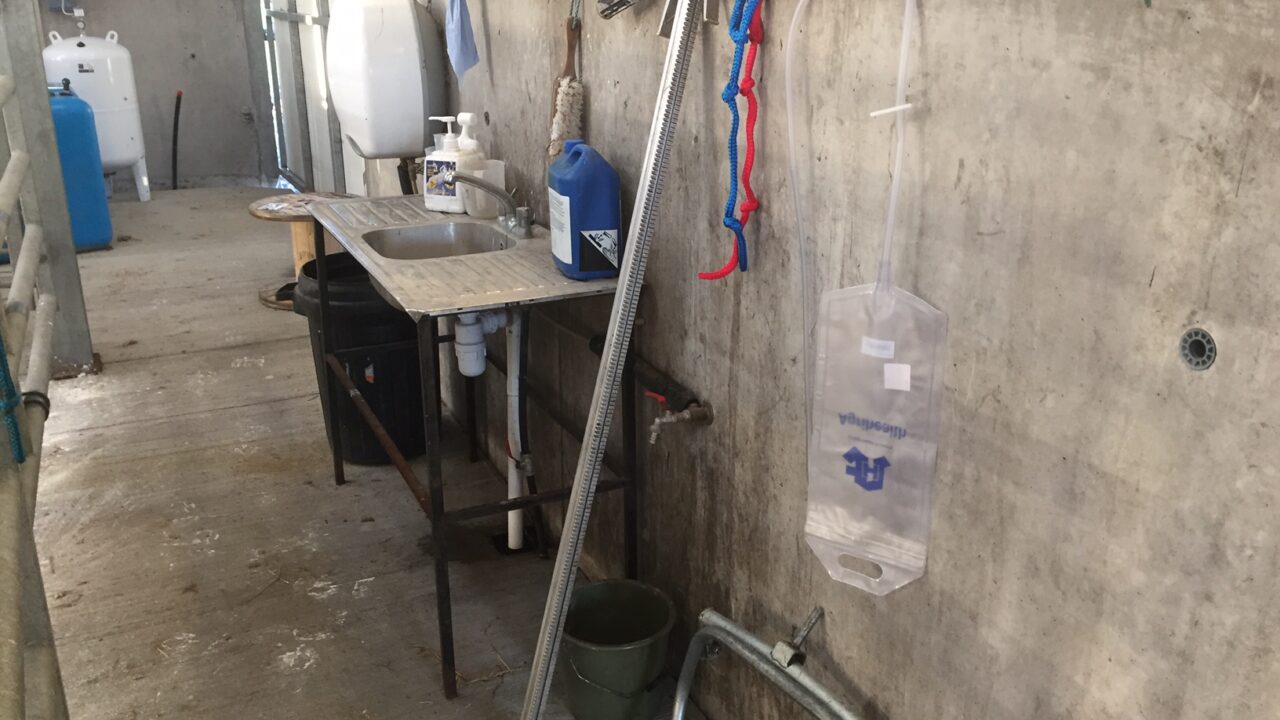The autumn-calving season is underway on many farms, while for others the start of calving should be the last few days of September.
For most winter-milk herds to meet contracts most cows will start calving in late September and early October.
This is the most efficient system to produce milk to meet the demands of contracts that have been set out.
As these farms head into another calving season it is important to have all the supplies that will be required.
Autumn-calving
For herds producing winter milk, the next few months are a busy, with cows calving and spring calvers to be dried off.
As it’s such a busy time on these farms, it is important that you aren’t wasting time and have everything you need to hand.
Below is a list of materials that should be stocked and ready to go before calving gets underway:
- Disposable plastic gloves (long and short);
- Gel and paper towels;
- Calving ropes (minimum of two pairs);
- Calving jack;
- Oxytocin, calcium bottles or boluses and magnesium;
- Disinfectant for navel;
- Easily accessible clean water;
- Colostrum (fresh or frozen supply from a reliable source);
- Brix refractometer to test colostrum;
- 3L bottle with a teat (have a minimum of two as you should have a separate one for electrolytes or feeding sick calves);
- Stomach tube (without cracks);
- Calf tags, notebook or a phone app to record calving information;
- Infrared lamp for sick calves;
- Footbaths with disinfectant (do not forget to change regularly).
All of these supplies should be close to hand in the areas where cows will be calving.
It is also important to check that all equipment, especially calving jacks and gates, are working properly before they are needed.
Safety
Calving is a busy time on farms and rushing can result in accidents happening. It is important to remember that a freshly calved cow is probably the most dangerous animal on a farm.
Farmers need to be on guard when in a pen with a cow that has just calved or is about to calve.
When handling cows ensure that they are properly restrained so it can be done in a safe manner.
When feeding calves colostrum, for safety reasons, farmers should separate mothers from their calves.
Never feed a calf in the same pen as the mother and never turn your back on a freshly calved cow.
